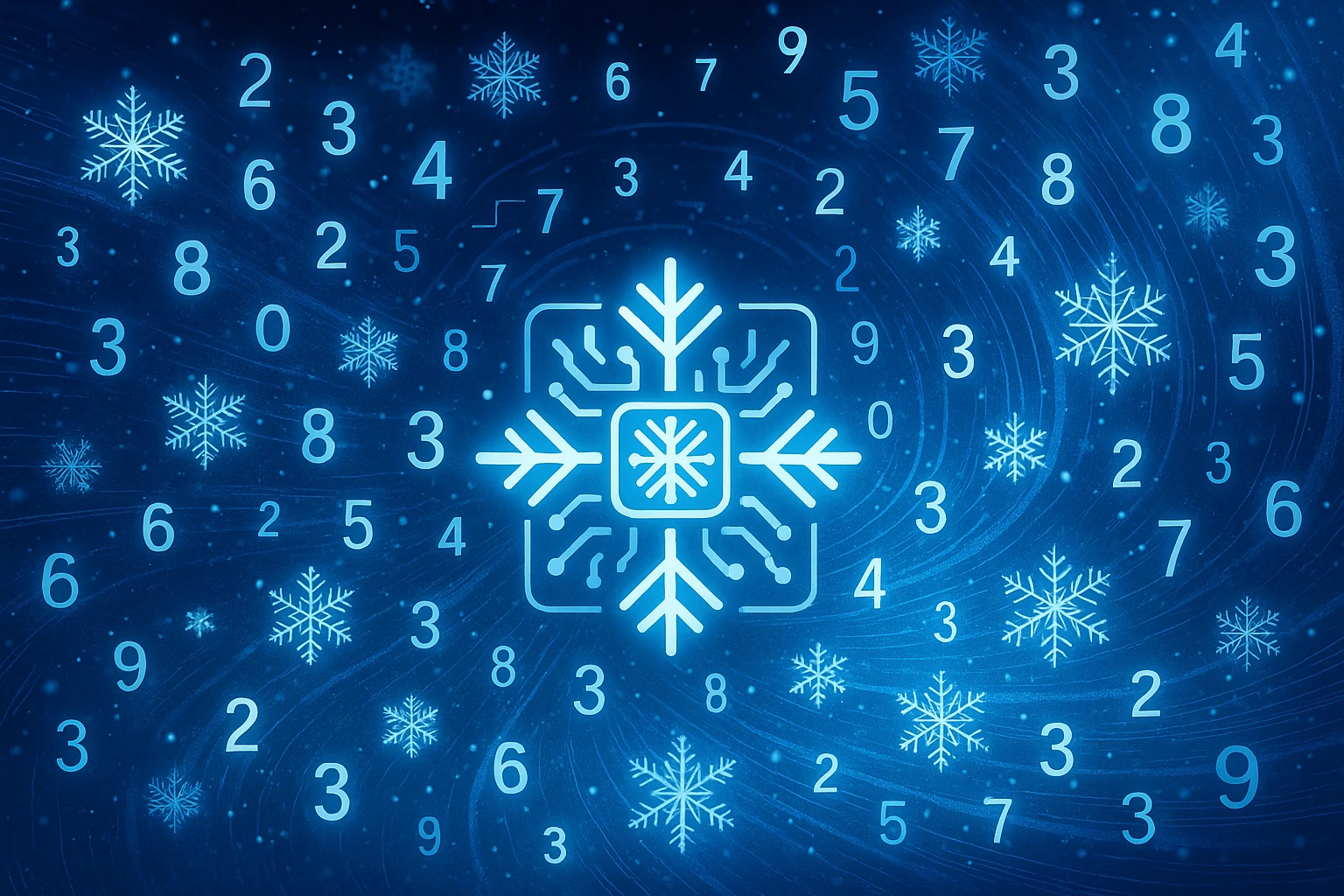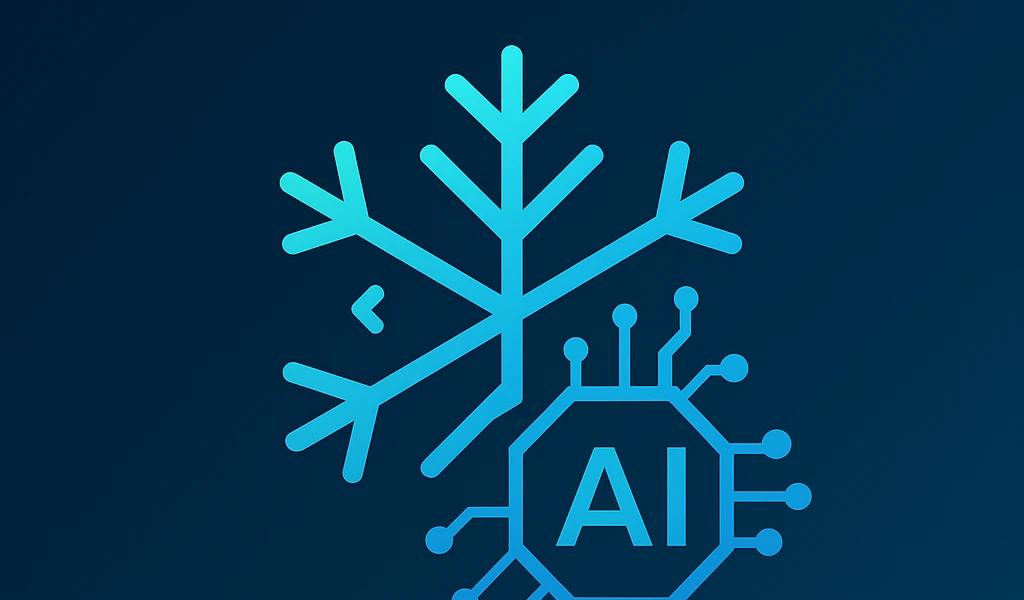How AI and Machine Learning Transform Snow Day Predictions

Artificial intelligence (AI) has moved from the realm of science fiction into everyday life. From recommending what movie to watch next to powering self‑driving cars, machine learning systems help us make sense of complex data. Winter weather is no exception. Traditional snow day calculators rely on simple heuristics: if the forecast predicts a certain amount of snow and temperatures drop below freezing, there’s a high chance school will be closed. While these rules of thumb are helpful, they don’t always capture the nuance of local conditions or historical patterns. AI‑powered models promise to change that.
Feeding the Model: Data Sources and Features
Modern machine learning thrives on data. An AI snow day calculator combines multiple streams of information to generate its predictions. The most obvious inputs are real‑time weather forecasts: expected snowfall totals, temperature, wind speed, humidity and atmospheric pressure. However, advanced models also ingest historical closure records, regional policy differences and even social factors such as road maintenance budgets. By comparing today’s forecast with past storms and their outcomes, the algorithm can learn that 5–6 inches of snow may shut down schools in a coastal city but hardly slows down districts in mountainous regions.
Feature engineering — the process of transforming raw inputs into meaningful variables — plays a crucial role. For example, rather than feeding the model the raw hour‑by‑hour snowfall, data scientists might calculate the snowfall rate, the difference in temperature between day and night or the timing of the storm relative to school start times. These engineered features help the model identify patterns and interactions that simple linear formulas would miss.
Choosing the Right Algorithm
Once the data is prepared, the next step is selecting a machine learning algorithm. Classification models like logistic regression or random forests can output a probability that a given set of conditions will lead to a closure. More complex techniques such as gradient boosting machines and neural networks can capture non‑linear relationships between variables, improving accuracy in regions where weather dynamics are unpredictable. Researchers sometimes train several models and combine their outputs in an ensemble, allowing the strengths of one algorithm to offset the weaknesses of another.
Training requires a labelled dataset — examples of past storms with a known outcome (school open or closed). The model learns to associate patterns in the input variables with the observed decisions. To prevent overfitting, data scientists split the data into training and validation sets and use techniques like cross‑validation to gauge performance. A well‑tuned AI model often outperforms simple heuristic calculators by recognising subtle thresholds and regional quirks.
Opportunities and Limitations
The promise of AI in snow day prediction lies in its flexibility. It can adapt as new weather patterns emerge, learn from additional years of data and incorporate factors human forecasters might overlook. For families, this means more nuanced predictions that take their specific region into account. An AI‑driven calculator can also provide a confidence interval alongside the predicted probability, giving users insight into the uncertainty inherent in weather forecasting.
However, these systems are not infallible. A sudden shift in a storm’s track or an unprecedented weather event can still confound the model. Ethical considerations also come into play. If historical data reflects inequities — for example, certain districts closing more readily due to infrastructure limitations — the model may inadvertently perpetuate those patterns. Transparency about the inputs and limitations of AI systems is essential. As with any forecast, it’s wise to use AI predictions in combination with official weather reports and school alerts.
Looking Ahead
As computing power grows and more granular data becomes available, AI snow day calculators will continue to improve. Researchers are exploring the use of deep learning to analyse radar imagery directly, and integrating real‑time traffic and road sensor data to estimate how quickly crews can clear snow. In the long term, these innovations may enable hyper‑local predictions delivered right to your smartphone. For now, AI adds a valuable layer of sophistication to snow day forecasting, helping families plan and maybe even get a few extra hours of sleep on those chilly winter mornings.
Tags: AI snow day calculator, machine learning snow day prediction, artificial intelligence weather forecast, school closure prediction
